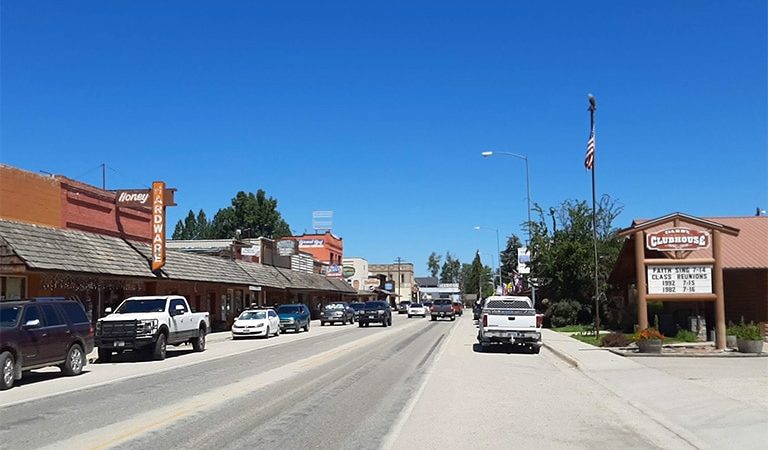Discovering- African 1.43b Phenomenon

Since the start of humanity, it has been well known that Africa is a complex and diverse continent. Recently, the African 1.43b phenomenon has been gaining more attention, as many have seen the impacts of the phenomenon on the people and the environment. This paper will explore the African 1.43b phenomenon, examine its implications, and discuss what can be done to combat these impacts.
What is the African 1.43b Phenomenon?
The African 1.43b phenomenon is a term that refers to the estimated number of Africans living in an area where access to water is scarce. According to estimates, around 1.43 billion Africans are living without sufficient access to clean water and sanitation.
This phenomenon is largely concentrated in the sub-Saharan region, where an estimated 95% of the population is without proper access to water. Furthermore, approximately 40% of those living without proper access to water are female, particularly in rural areas. These dire conditions have been deemed highly alarming, due to its immense implications.
What Causes African 1.43b?
The main cause of the African 1.43b phenomenon is the lack of water infrastructure in sub-Saharan Africa. This shortage of water infrastructure is largely due to the region’s lack of development and poverty. Furthermore, climate change and natural disasters further disrupt the already dire water shortage. The result is a multitude of environmental and health problems, which directly affect those living in this region.
What are the Impacts of African 1.43b?
The African 1.43b phenomenon has led to a number of major impacts on the environment, people, and economies of the region. Firstly, the difference in water insecurity has led to a higher prevalence of water-borne diseases such as cholera and dysentery. This has led to a decrease in life expectancy and a rise in infant mortality rates.
Furthermore, this shortage of water has made agricultural activities highly difficult, leading to high rates of food insecurity. This water shortage has also resulted in increased competition over resources, leading to higher levels of tension between different groups within the region.
What are the Solutions to Combat African 1.43b?
The primary solution to combat the African 1.43b phenomenon is to develop and invest in water infrastructure. This will include efforts to both build new water sources and to maintain existing ones. Furthermore, the region will need to invest in better sanitation and hygiene infrastructure to reduce the spread of diseases.
These efforts will need to be coupled with technological solutions such as desalination to further improve the region’s access to water. Other ideas include encouraging sustainable agriculture to reduce competition for resources and to increase food security.
Conclusion
African 1.43b phenomenon is a major problem that has dire implications for the environment and the people of the region. This phenomenon is caused by a lack of water infrastructure and climate change, leading to decreased life expectancy, higher rates of food insecurity, and increased tension between different groups.
To address this phenomenon, the region should invest in water infrastructure, technological solutions, and better sanitation and hygiene practices. With a concerted effort, these solutions can help to reduce the impacts of the African 1.43b phenomenon.






